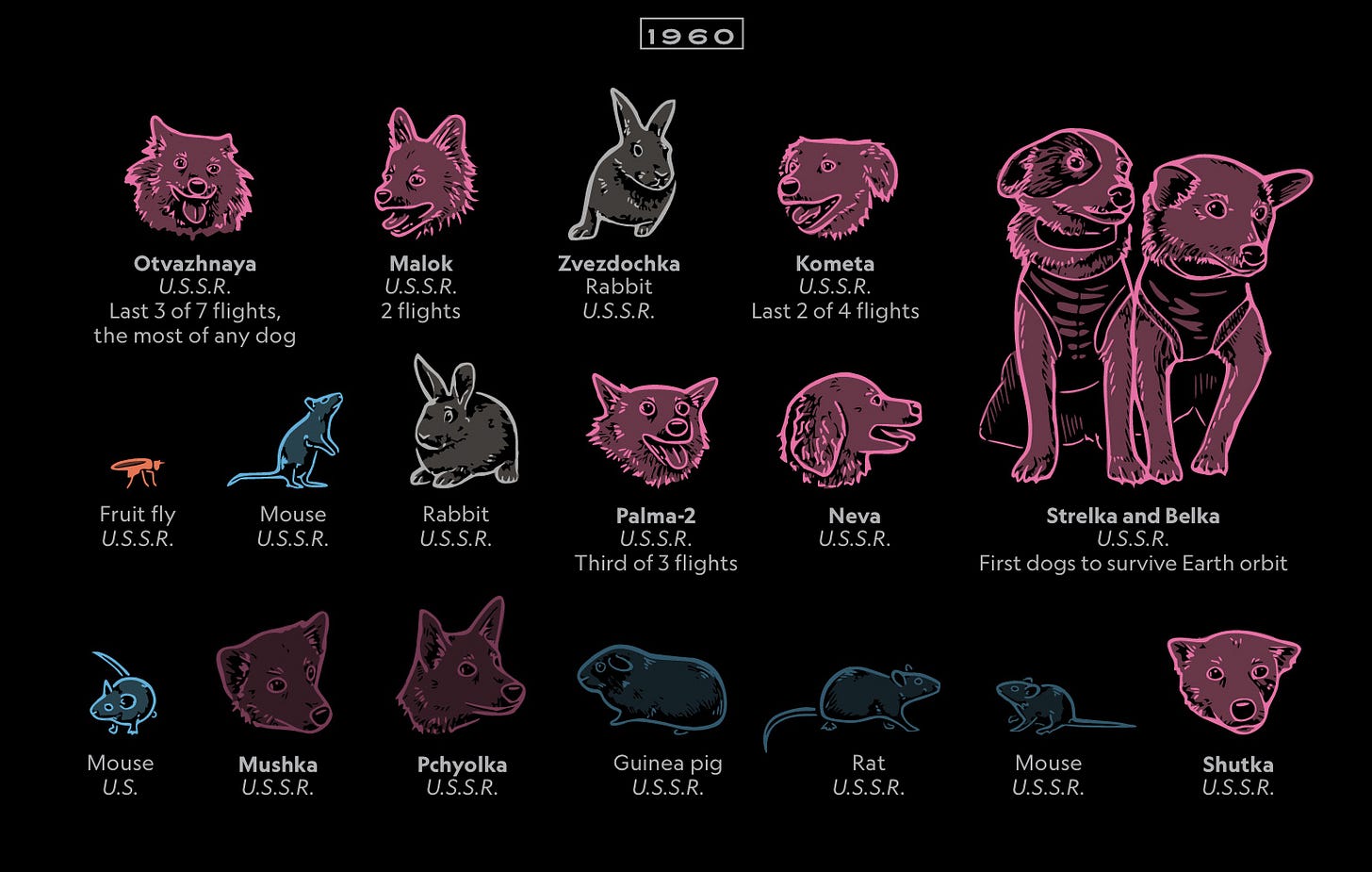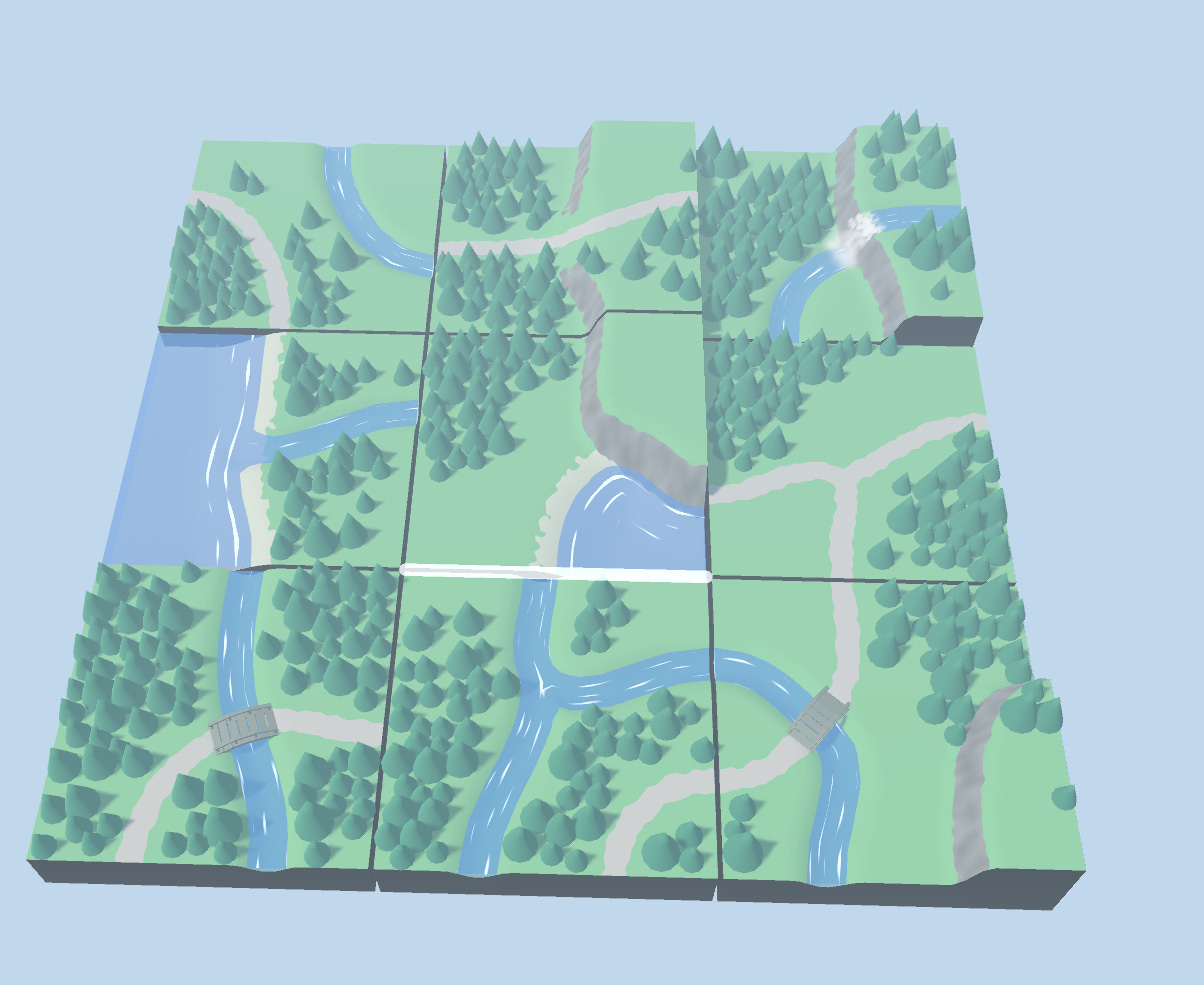Thing 1 – Butterflies
At some point in the next few weeks I’ll see my first flying butterfly of 2025. A brimstone, in all probability, a fluttering yellow scrap, fragile and vulnerable in pale sunshine. And I’ll look at it and admire it and tick it off as a welcome sign of approaching spring.
Until a few years ago, that would have been that. A pleasing encounter, underpinned by an appreciation of nature’s prettiness.
Then I decided to write a book about flight in the animal kingdom, and my attitude towards butterflies changed forever.
Because, as I learned while doing my research, they are AMAZING.
Let me explain.
A butterfly’s body (and a moth’s, for that matter) is covered with extremely small scales – thin plates, loosely attached to the body surface in individual sockets and overlapping each other like roof tiles, these complex nanostructures are 100 times thinner than human hair.
They are incredibly useful. They insulate. They help with thermoregulation. They form a layer of trapped air next to the body, providing extra lift when the butterfly fancies a bit of a glide. And the loose connection is a form of protection – if they get caught in a spider’s web, they might be able to wriggle free, leaving the scales behind. But most visibly, the scales are responsible for the colours and patterns that make butterflies so eye-catching.
Incidentally, spare a thought, if you will, for moths. Not only is their colouring generally more understated – with some wonderfully gaudy exceptions – the reputation of this country’s 2,500 species is ruined by the clothes-chomping activities of just two. Hashtag NotAllMoths.
These scales, then. With a fair amount of variation, they’re generally constructed to the same plan: an envelope-like arrangement with two plates. The lower plate is smooth; the upper one is ridged, with intricate crossribbing and variations in the ridging patterns. These elaborate formations provide structural colouring – interfering with the light as it hits the wing – and add variety to the insect’s colour scheme. Sometimes this manifests itself as iridescence – the metallic sheen, visible only when seen from certain angles, caused by light reflecting off the surface.
Combining structural and pigmented colours, the variety of a butterfly’s patterning is the envy of fashion designers the world over. Throw in the ultraviolet part of the spectrum, which not only helps them detect nectar guides on some plants, but also plays a role in mating communication, and it’s clear that one way or another, colour is an important part of lepidopteran lifestyle
The purpose of these colour schemes varies. Some use the bright colours to attract a mate. Others use them as a warning: “Don’t eat me. I am disgusting and will probably kill you.’ Or it might be a crafty bit of mimicry: “Don’t eat me. I look like something disgusting that will probably kill you, but how can you be sure?” And for those “drab” moths colouring has a more understated role as camouflage, the intricacy of their different greys and browns often rendering them indistinguishable from the bit of bark they’re sitting on. Nocturnality plays its part – there’s not much point in developing a bright and varied colour scheme if nothing’s going to be able to see it.
As I say, AMAZING. But here I am wanging on about the phenomenon, when I could just show you these two terrific films by Kristina Dutton.
First, Biopixels, a stunning stop-motion animation rendering microscopic mosaics focusing on the colours and patterns of butterfly wings.
In the same vein but with a different slant, Nanoscapes explores the topography of those tiny scales.
The above piece is adapted and abridged from the Butterfly chapter of Taking Flight: The Evolutionary Story of Life on the Wing. You can find out more about it, and get signed copies, here. NB: Unfortunately I can’t send outside the UK. Blackwell’s, however, should be able to meet your needs.
Thing 2 – Space Animals
As a child I knew the story of Laika, the dog sent into space by the USSR in 1957. If I thought about it at all, I suppose I assumed that she returned to Earth to a hero’s welcome and lived out a long and happy retirement in the lap of luxury. I didn’t learn the upsetting truth until many years later.
The full extent of the use/exploitation of animals in the name of space research is told in this fascinating visual timeline of every animal ever sent into space.
Thought of animals in space might lead you to ask the question “How Many People Are In Space Right Now?” Fortunately there’s a website for precisely that question.
And if you’re looking at the list of animals and have spotted a notable and famous omission, this playlist is for you. (HINT: CONTAINS PIGS)
Thing 3 – WikiTok
Like scrolling, but averse to social media? WikiTok is for you – swipe up for a new, random Wikipedia page. My most recent visit gave me Phnom Penh Central Market, the Mayor of Toowoomba, and the discography of Take That.
Thing 4 – Subways
Subways of Europe is, as the name suggests, a photo project of European subway stations. It’s great.
Thing 5 – Verso
You might remember Cellar Door – an effort to find the most beautiful word in the English language – from Volume 76 of Six Things.
Now the makers have turned their attention to books, with a fun app called Verso. Just choose your favourite from pairs of books (you must have read both books). At first it threw up a succession of books I not only hadn’t read, but quite often hadn’t heard of, so it seemed to be an unsubtle way of showing me just how poorly read I am. But then I clicked on the “only compare books you’ve read”, which brings up a longish checklist, and the pairs quickly became more realistic.
You can read more about the project here, including their stated desire to support independent bookshops – whether you agree or disagree with the results (The Haunting of Hill House is currently leading, with The Hitchhiker’s Guide to the Galaxy a close-ish second), it’s a not unreasonable way to pass a few minutes, as well as a potentially dangerous reminder of books to add to the toppling pile.
Thing 6 – Landflip
Land flip is a really enjoyable little tile puzzle by Matt Stark. Flip the tiles until the map looks right.









I can remember Philomena Cunk getting emotional about the poor animals sent to space 😢 https://youtu.be/AScMTzoDCrk?si=zhG7zLtsDAqALLHG
Butterflies and moths really are something aren't they - I had no idea about their scales. A joy, as ever, thank you